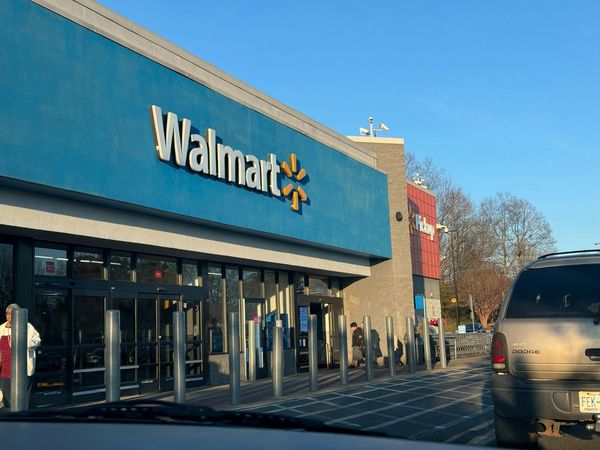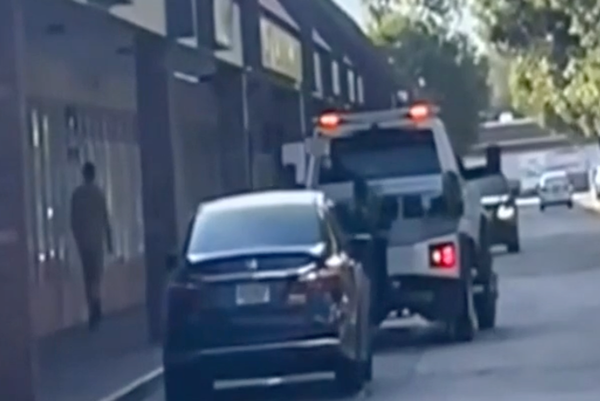Accessing affordable fruit and vegetables is a significant challenge for the 1.2 million UK residents living in what are known as “food deserts”.
People in these neighbourhoods are unable to purchase fresh food within walking distance or via a quick trip on public transport. Instead, they have to choose between shopping at convenience stores with scarce fresh food in stock or spending some of their food budget on transportation.
But there is a solution. Growing fruit and vegetables in cities is an effective and sustainable way of improving many urban residents’ access to fresh produce. In newly published research on urban UK allotments, my colleagues and I found that maintaining a diversity of insects in our cities is an important part of this.
Urban farms, which account for around 6% of all farmland worldwide, have the potential to supply a significant amount of fresh food. Several studies, including those based on data collected by urban growers themselves, have demonstrated that small urban farms (typically allotments or community and market gardens that are less than two hectares in size) can match the productivity of conventional rural farms in terms of food production per unit area.
But even in cities, humans rely on animals pollinating their food crops. In fact, approximately three-quarters of the world’s leading food crops depend on insects for pollination.
Yet our understanding of which insects pollinate specific crops in urban areas, and whether there are even enough insects in our cities to sustain fruit and vegetable production, remains limited.
Most research on crop pollination has focused on rural areas, leaving us with limited information about urban settings. While the role of insect groups like flies and wasps in crop pollination has only gained recognition relatively recently.
We found that most crops are visited by a broad range of insects. Bumblebees and hoverflies emerged as two of the most important pollinators. But we also found that some crops, such as strawberries, struggle to attract enough pollinating insects to produce a quality crop.
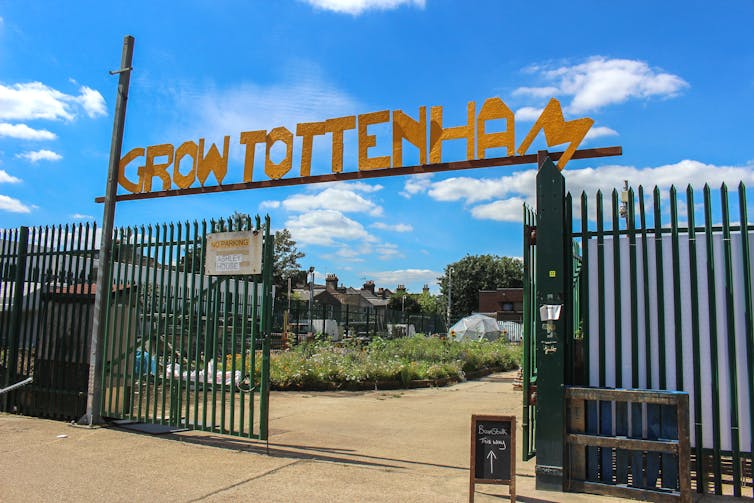
Top of the crops
Pollinating insects, such as bees, beetles, flies, butterflies and wasps visit flowers to collect pollen and nectar as a source of food. Through this process, they fertilise the flower, enabling development of seeds and growth of fruit or vegetables.
Our study involved conducting over 1,000 surveys in allotments across the city of Brighton & Hove in the south of England. During our surveys, we recorded the number of pollinators visiting crop flowers.
We found that fruit trees, including apples, and bushes like raspberries and blackberries, were most popular with insect visitors, receiving the most visits per flower.
Bumblebees visited the widest range of crops, including fruit trees, beans, pumpkins and tomatoes. This shouldn’t come as a surprise. Bees are typically considered the most important pollinators in fruit orchards.
But in our study, hoverflies were the main visitor to fruit trees. This finding aligns with research from 2020 that ranked flies as the second-most important crop pollinator after bees, visiting 72% of crop plants worldwide.
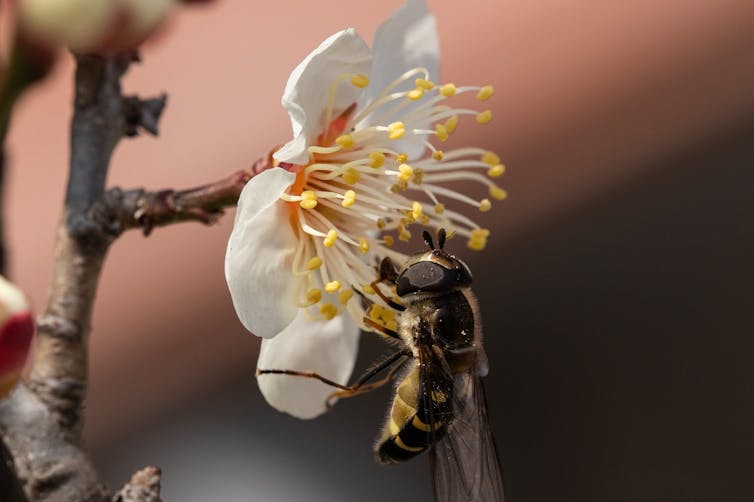
With the data we collected, we created a visual representation resembling a “social network” of the interactions between different crops and insects. Our findings revealed that many of the crops that are cultivated in urban areas attract a diverse array of insect groups.
Apple flowers, for example, were visited by every type of pollinator except wasps. By contrast, cucumbers were visited by every group expect butterflies. These results suggest that maintaining a diversity of insects may be key for crop pollination in cities.
Strawberries need a helping hand
We also conducted an experiment with strawberries to test whether there are enough insects in urban allotments to effectively pollinate these crops. We assigned two similar sized plants to either a supplemental pollination treatment – where we transferred pollen between flowers by hand with a paintbrush – or open pollination where we relied on the insects to pollinate the plants.
The strawberry plants that were pollinated naturally by insects produced lower quality fruit than those receiving supplemental pollination by hand. This finding suggests that we need to improve the quality of insect pollination that some crops receive in cities.
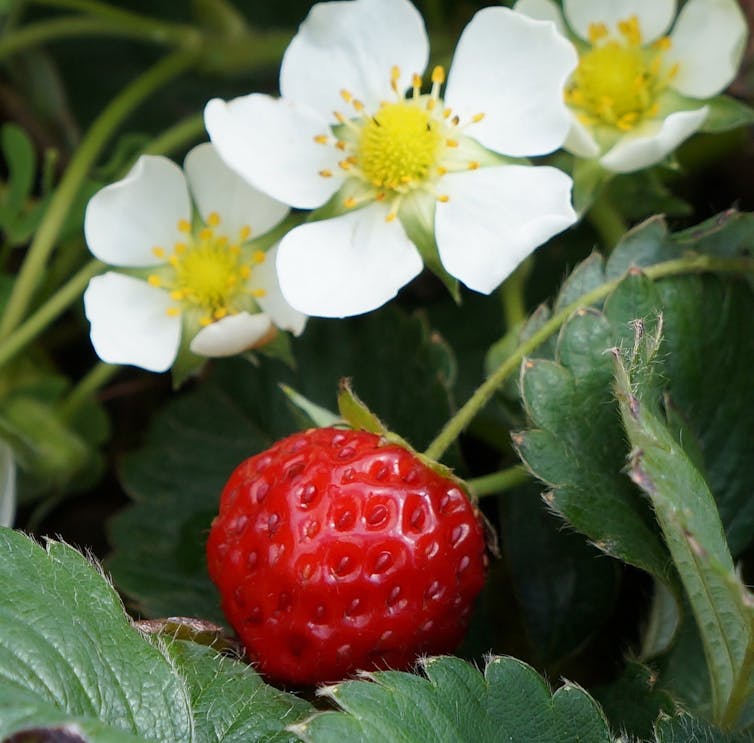
Food for cities
Improving crop pollination in cities could be achieved by increasing the availability of food and nesting habitat for insects. A separate study that I co-authored in 2020 demonstrated that planting flowers that produce lots of pollen and nectar, such as borage, alongside crops in allotments and gardens can increase the amount of food that is harvested.
We found that strawberry plants grown near borage plants produced a greater quantity of fruits that were larger and of superior quality compared to strawberry plants located further away from other flowering plants.
Our new study offers an insight into which specific pollinators we need to encourage to support and expand urban fruit and vegetable production. For instance, hoverflies are effective pollinators of strawberries.
So providing nesting habitat like hoverfly lagoons for these insects could increase their abundance in urban areas, ensuring more effective pollination and better strawberry harvests in the future.
Growing more food in cities has the potential to improve people’s access to fresh produce. But maintaining a diverse range of insects to pollinate those crops is an important factor in this. Only then will we be able to sustain and expand urban food production for the benefit of city dwellers.
Elizabeth Nicholls receives funding from a UKRI Future Leaders Fellowship (MR/T021691/1) and the Sussex Sustainability Research Programme.
This article was originally published on The Conversation. Read the original article.

